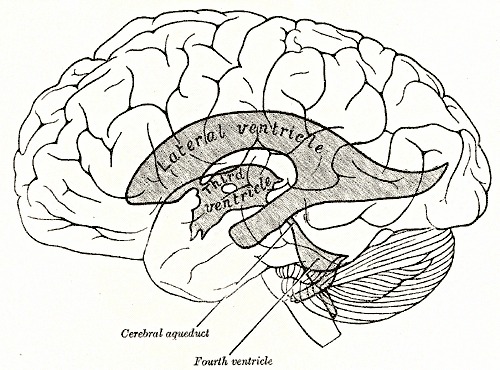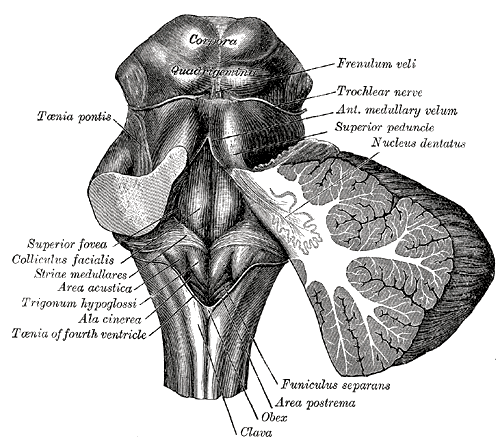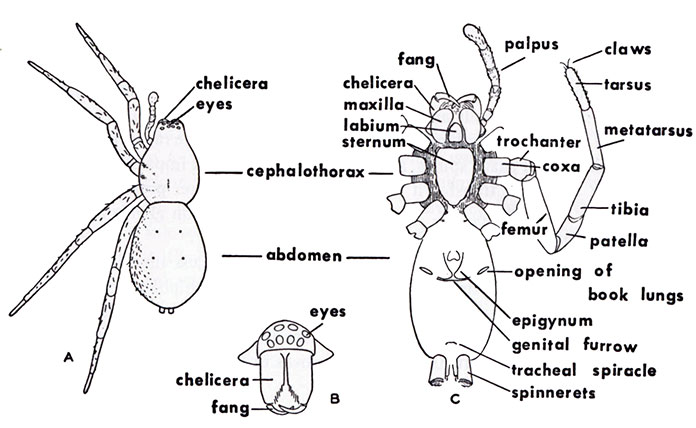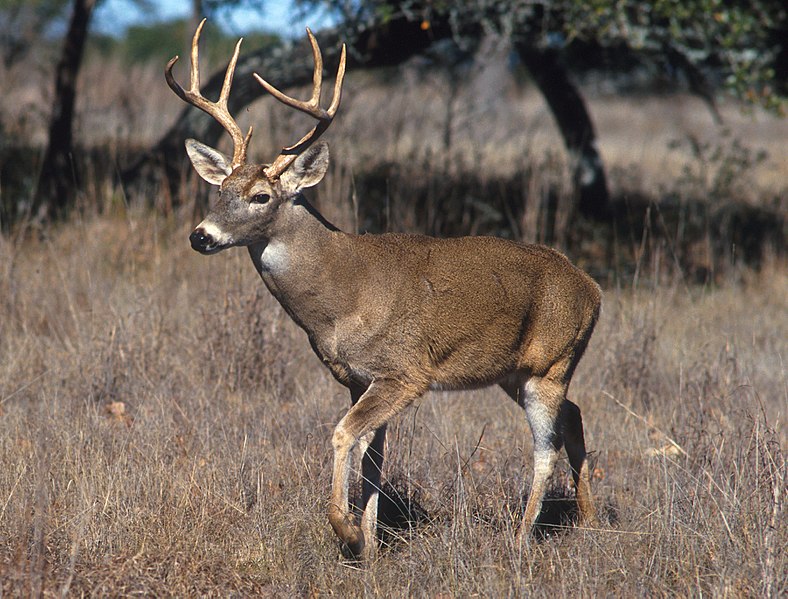But this is not a post about how to get Beans up in the morning (although suggestions on that are appreciated), what she wants to know is how do the bears stay "asleep" for the whole winter?
Hibernation is different than sleeping - there are physical changes that go along with it while sleep is a change in mental state. Brain waves during hibernation as closer to awake ones than asleep ones. In fact, when animals wake up from hibernation they can be sleep deprived and require a lot of sleep in the next few days to recover.
So first we need to figure out what hibernation actually is. It's a form of torpor, which is a term used to describe metabolic suppression in animals - so where they drop their usual body functions for energy conservation. It can be triggered by a lot of things - starvation, thirst, dark, cold, heat, etc. Hibernation is the seasonal form of this where the body preemptively reacts to the threats are lower temperatures, lack of food and darkness. Typically larger species like bears prepare by storing body fat, which will sustain them over the winter. Smaller species, like chipmunks and squirrels, don't have the capacity to store enough for entire time, so they food cache - hiding lots of food around for when they wake and need replenishing. Which is why when you move the lawn furniture in the spring there's a whole whack of nutshells under it.
Bears.
 | |
| Nom Nom Nom By Traveler100 (Own work) [CC-BY-SA-3.0 (http://creativecommons.org/licenses/by-sa/3.0)] via Wikimedia Commons |
The prep actually begins in the summer with the cramming of themselves with as much carbs as they can find to gain as much as 30 pounds a week! Those fat stores break down over the winter to provide calories and water, the muscle tissue breaks down to provide protein. Our bodies do this when we are starving too with one main difference - bears are able to replace their proteins using urea (a part of urine, a waste product) and we can't - ours accumulates until it becomes toxic. Bears win.
 |
| http://news.nationalgeographic.com/news/2011/02/110217-bears-hibernation-warm-sleep-animals-science/ |
So, can people do it?
Probably not. There have been a few studies that try to emulate it, using freedivers, but a natural trigger in humans just isn't there. And there are a few unverified anectodal cases and work on "suspended animation". But it's ok, because well - despite it all, we really like winter. And bears don't get to toboggan.
More on hibernation:
http://www.pbs.org/wgbh/nova/nature/bear-essentials-of-hibernation.html
http://science.howstuffworks.com/zoology/all-about-animals/hibernation.htm
http://en.wikipedia.org/wiki/Hibernation
http://www.pbs.org/wgbh/nova/nature/bear-essentials-of-hibernation.html












.jpg)





_in_Kawal_WS,_AP_W2_IMG_1704.jpg)



























